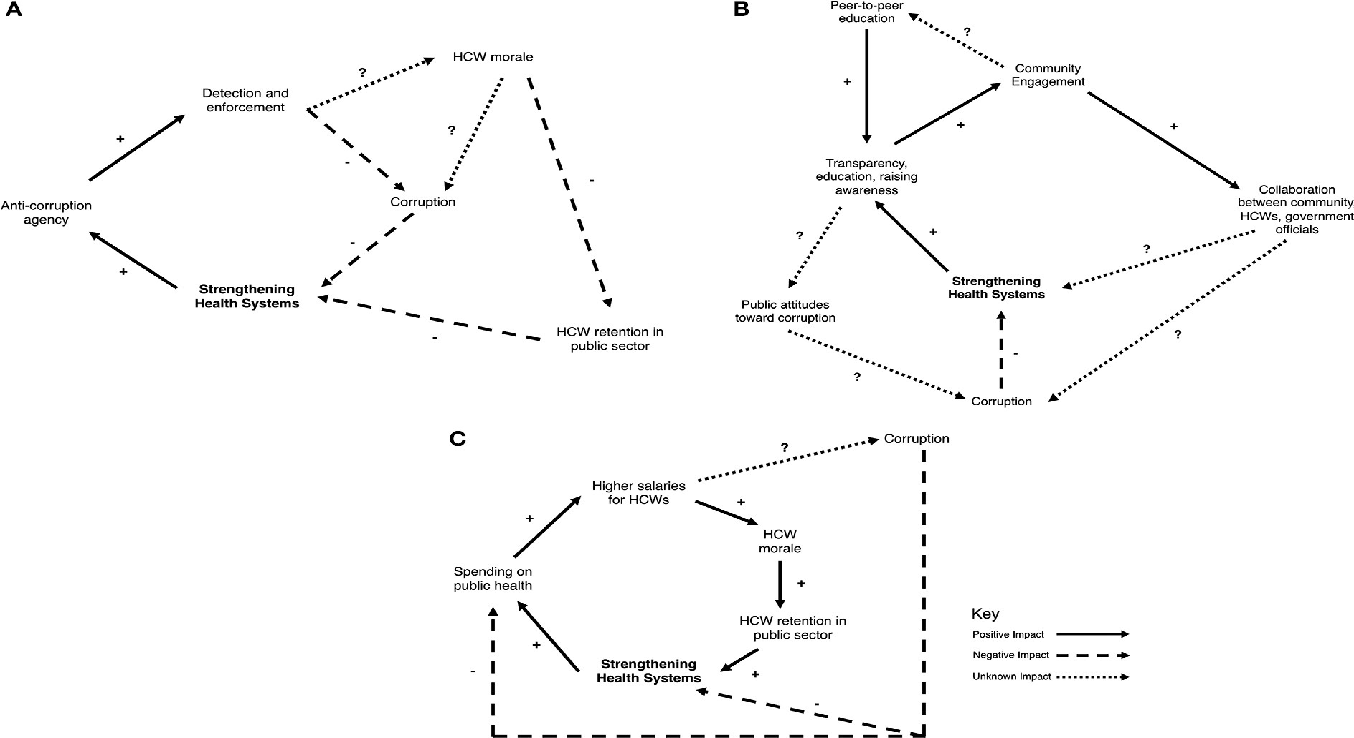Introduction
The health system comprises all institutions, individuals, and activities aiming to improve, restore, or maintain people’s well-being. Evaluating healthcare system integration requires using healthcare system thinking instruments (Gabrani et al., 2020). This paper uses causal loop diagrams (CLD) to discover how gaps in Albanian healthcare services can be bridged through an effective medical system. CLD analyzes causal relationships to grasp how various parts of a healthcare system work together.
Major Components
The Balkan nation of Albania is one of the region’s poorest spots. The Albanian healthcare system is improving, but it is still not up to par with the rest of the world. Since 2013, Albania has used the Bismarck universal healthcare system (Gabrani et al., 2020).
Monthly and yearly deductions from employers and workers help pay for the healthcare system. Including all residents in the insurance pool promotes the spread of a nationalized healthcare system. Citizens have the option of selecting doctors as their primary care physicians. Primary care, medical centers, and regional, district, and tertiary hospitals are the most visible constituents of the medical sector in Albania.
Core Services
Despite Albania’s large public healthcare system, private healthcare is rising. Primary, secondary, and tertiary care levels form the three tiers of the public healthcare system. Public healthcare institutions supply the vast majority of services in this sector.
However, private hospitals offer specialized care that is not always available at public hospitals. Private companies dominate the pharmaceutical and dental industries; many private diagnostic clinics and laboratories offer comprehensive medical care. The medical sector in the country suffers significantly from corruption, which hinders its efficiency and effectiveness (Glynn, 2022).
Increased incidences of clinical errors weaken the healthcare system and have been linked to a lack of necessary skills and knowledge. There is a severe shortage of medical personnel and equipment throughout the country. In addition, the country is home to several private, foreign-run hospitals that offer high-priced medical care. Practices such as community involvement, engagement of an anti-corruption agency, and increased salaries for healthcare workers (HCWs) would help improve the Albanian health system.
Paying for Healthcare Services
Through the country’s universal healthcare system, every resident of Albania is guaranteed access to medical coverage. The primary funding for healthcare in Albania comes from the Albanian Health Insurance Institute. In addition, residents are responsible for their healthcare copayments; public funding has not lived up to its promise because of the prevalence of double payments, unauthorized fees, and corruption. Taxes are estimated to pay for around 70% of healthcare services, while health insurance premiums paid by workers and employers account for about 5% (Gabrani et al., 2020). The country imports most of its healthcare resources and supplies due to a lack of domestic production.
CLD to Address an Infectious Disease
In poor and middle-income nations like Albania, the systems thinking technique successfully combats several infectious diseases, including COVID-19. CLD evaluates the cohesiveness of the system’s parts and their capacity to work together. The tool also identifies low and high-leverage therapeutic locations within a healthcare system that would successfully tackle COVID-19.
Stakeholders can learn about systemic limitations and make adjustments accordingly. Stakeholders could better understand the full scope of the issue by learning how the various factors in the system are connected (Glynn, 2022). With this expanded perspective, stakeholders’ ability to develop effective strategies to combat the spread of the coronavirus disease would be improved.
Conclusion
CLD is used to gain insight into how the healthcare system functions. All aspects of healthcare are coordinated to serve the public better. The healthcare system in Albania has yet to catch up to global norms. The Albanian Health Insurance Institute pays for most medical care services.
Healthcare in the Republic of Albania is financed mainly by payroll deductions from workers and employers. The country can benefit from CLD since it offers a comprehensive view of infectious diseases like COVID-19 and can be used to combat such diseases successfully. CLD monitors how well healthcare systems work together to fight infectious diseases.
References
Gabrani, J., Schindler, C., & Wyss, K. (2020). Factors associated with the utilization of primary care services: A cross-sectional study in public and private facilities in Albania. BMJ Open, 10(12), e040398. Web.
Glynn, E. H. (2022). Corruption in the health sector: A problem in need of a systems-thinking approach. Frontiers in Public Health, 10, 910073. Web.
